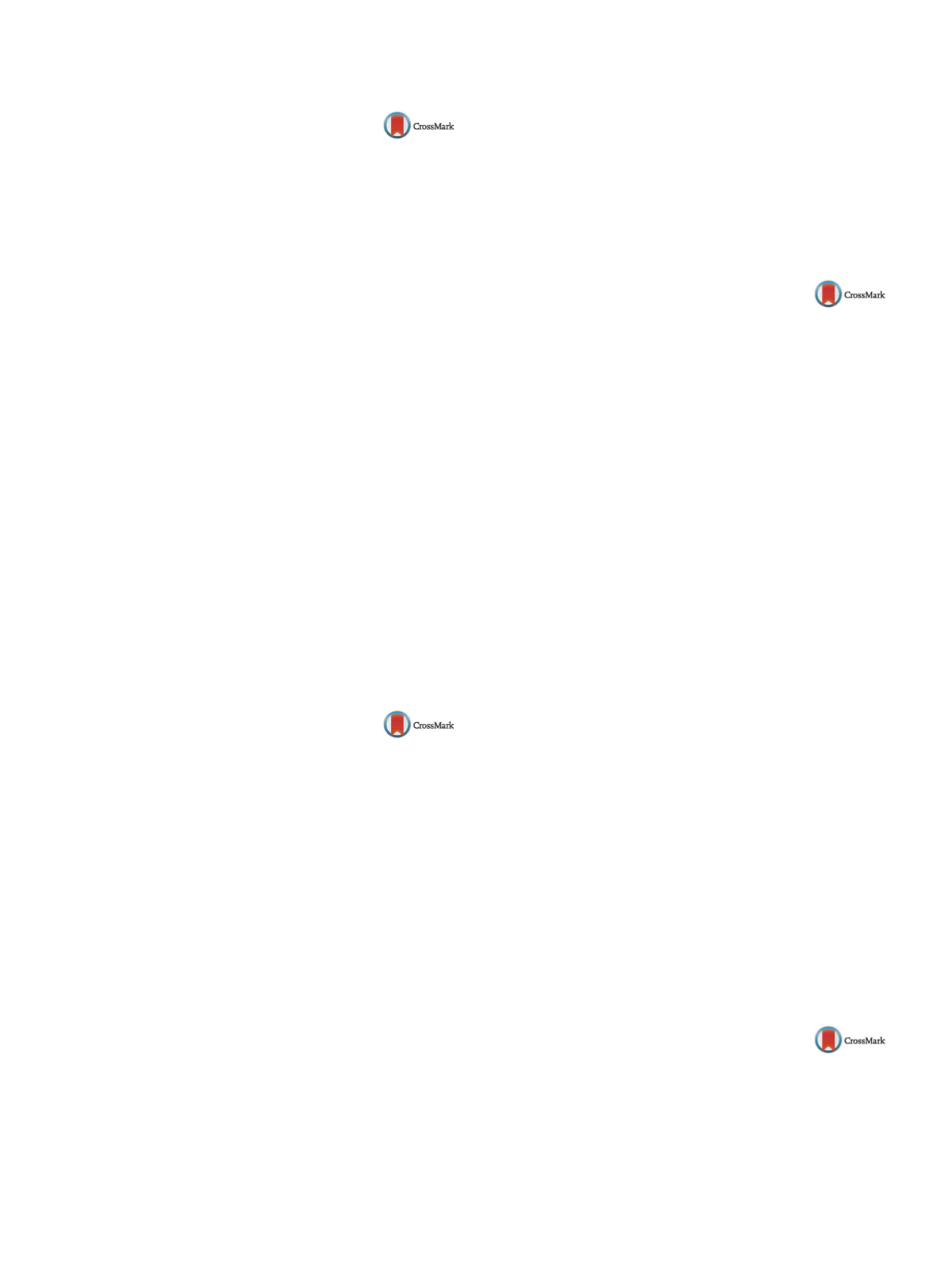

S874
25th European Congress of Psychiatry / European Psychiatry 41S (2017) S847–S910
EV1428
New designer benzodiazepines use in
Barcelona
S. Pérez González
∗
, M. De Dios Felis , E. Monteagudo Gimeno ,
D. Sanagustín Bosqued , A. Trabsa Biskri , M. Grifell Guàrdia ,
L. Galindo Guarín , P. Quintana Mathe , M. Torrens Melich
Institut de Neuropsiquiatria i Addiccions, Parc de Salut Mar,
Psychiatry, Barcelona, Spain
∗
Corresponding author.
Introduction
New designer benzodiazepines such as
phenazepam, etizolam, diclazepam, clonazolam and flubro-
mazolam have appeared in the recreational drug market due to
that they provide an attractive alternative to prescription-only
benzodiazepines as they are readily available over the Internet.
Objective
To describe the presence of new designer benzodi-
azepines in samples delivered to energy control since 2010 to 2016
in Barcelona.
Methods
From 2010 to 2016, 24,551 samples were delivered
to energy control. Among this samples 43 (0.175%) were anal-
ysed as benzodiazepines. They were analyzed by energy control,
a Spanish harm reduction NGO that offers the possibility of ana-
lyzing the substances that users report. Analysis was done by gas
chromatography-mass spectrometry.
Results
From the 43 samples analyzed as benzodiazepines, 1
(2.32%) was delivered in 2010, none in 2011, 2 (4.65%) in 2012,
2 (4.65%) in 2013, 1 (2.32%) in 2014, 15 (34.88%) in 2015 and 21
(48.83%) in 2016.
Discussion
The data shows that new designer benzodiazepines
use is increasing in Barcelona, especially in the last two years. Abuse
an addiction to these drugs may be a new public health problem in
Barcelona. Unknown side effects may appear due to lack of infor-
mation about pharmacokinetic profile of these drugs.
Disclosure of interest
The authors have not supplied their decla-
ration of competing interest.
http://dx.doi.org/10.1016/j.eurpsy.2017.01.1758EV1429
Cognitive status and addiction denial
in the early stages of alcohol addiction
P. Ponizovskiy
∗
, A. Gofman
Moscow Research Institute of Psychiatry, Department of mental
disorders complicated by substance abuse, Moscow, Russia
∗
Corresponding author.
Introduction
Denial is a common feature of alcohol addiction that
is apparent in the early and late stages of the disease. Defensive psy-
chological mechanisms and cognitive failure have been reported
as reasons for addiction denial. Effective therapeutic approaches
should consider the reasons for anosognosic denial.
Aims and objectives
The study investigates the correlations
between the degree of denial of alcohol addiction and cognitive
status of people in the early stages of alcohol dependence.
Method
Subjects were identified using clinical interview the
AUDIT questionnaire investigating compulsive drinking, impaired
control of drinking, alcohol tolerance, and symptoms of with-
drawal.
Results
Forty-nine alcoholic patients at early stage of alcohol
dependence were identified. At assessment, all had been abstinent
for at least 7 days. They reported compulsive drinking, impaired
control over it, increased alcohol tolerance, but no withdrawal
symptoms followed by relief drinking. The level of denial was
defined by summing up the quantitative ratings of awareness of
alcohol addiction and its harmful effects. Three groups emerged
of non/mild, moderate, and severe levels of addiction denial. Neu-
ropsychological evaluation of verbal memory, logical memory,
visual-motor coordination, and motor and mental speed was con-
ducted.
Conclusion
The identified cognitive deficiencies in the 3 groups
were mild. Correlation between the poorer test performance and
higher levels of denial was not significant. In the early stages of alco-
hol addiction, the anosognosic denial appears to be an unconscious
ego defense mechanism leading to rejection of all the addiction-
related problems.
Disclosure of interest
The authors have not supplied their decla-
ration of competing interest.
http://dx.doi.org/10.1016/j.eurpsy.2017.01.1759EV1430
Seasonal variation and alcohol
consumption: A retrospective
observational study
R.A. Colombo , M. Preve
∗
, E. Bolla , R. Traber
Sociopsychiatric Organization, Psychiatric Clinic, Mendrisio,
Switzerland
∗
Corresponding author.
Introduction
Seasonal and geographic variations in light expo-
sure influence human mood and behavior, including alcohol
consumption. In literature alcohol consumption have a clear sea-
sonal rhythm, with specific differences during the year
[1] . Seasonal
changes in mood and behavior (seasonality) may be closely related
to alcoholism
[2] . The aimof our study is to evaluate the relationship
between alcohol consumption and seasonal variation.
Method
One hundred and nine inpatient are assessed with: the
SCID-P for axis I diagnosis. Inclusion criteria are: (1) acute alcohol
intoxication at the admission. All the socio-demographic charac-
teristics are explained.
Results
The peak period of alcohol admission is in the autumn,
the lowest period is in spring in April and May. There is any sig-
nificant difference related to gender. The 76% of the admission are
coerced admission. The rates of co-morbidity are: personality dis-
orders (30.3%), affective disorders (22.9%) and psychotic disorders
(12.8%).
Discussion and conclusion
Some patients with alcoholism have a
seasonal pattern to their alcohol misuse. Several lines of evidence
suggest that changes in the circadian system are also involved in
the development of non-seasonal mood disorders, such as major
depression and bipolar disorder. Thus, developmental alcohol
exposure produces subtle abnormalities in circadian rhythms that
may contribute to the development of seasonal and non-seasonal
mood disorders
[3] . Further research is warranted to replicate our
clinical and qualitative observations and, in general, quantitative
studies in large samples followed up over time are needed. Method-
ological limitations, clinical implications and suggestions for future
research directions are considered.
Disclosure of interest
The authors have not supplied their decla-
ration of competing interest.
References
[1] Silm S, et al. 2005.
[2] Sher L. 2004.
[3] Sher L. 2004.
http://dx.doi.org/10.1016/j.eurpsy.2017.01.1760EV1431
25c-nbome: Case report and literature
review
M. Preve
∗
, S. Casigliani , L. Tognola , R. Traber , R.A. Colombo
Sociopsychiatric Organization, Psychiatric Clinic, Mendrisio,
Switzerland
∗
Corresponding author.
Introduction
Novel psychoactive drugs (NPS) have rapidly
increase in the last years in the drug market as a recreational use. A
new group of toxic phenethylamine derivates named NBOMe of 2 C


















